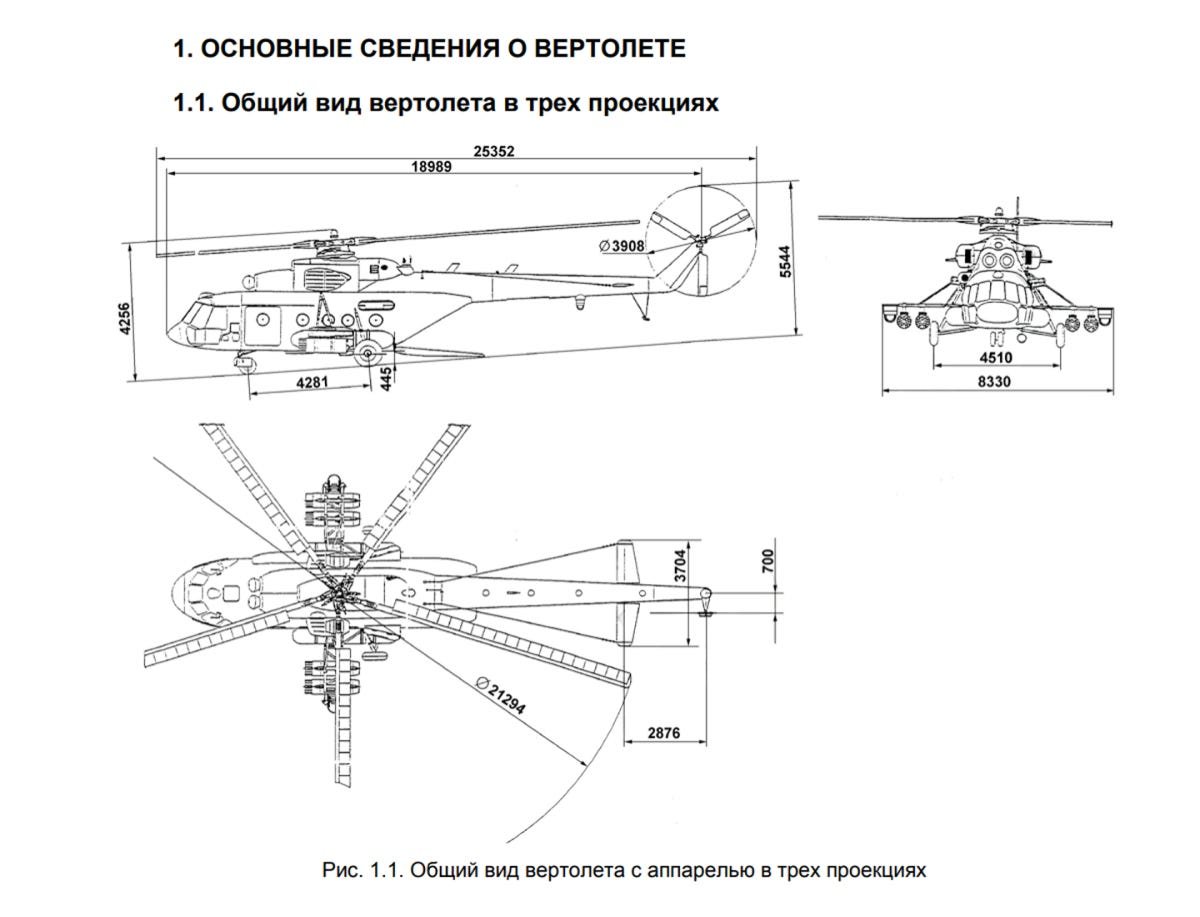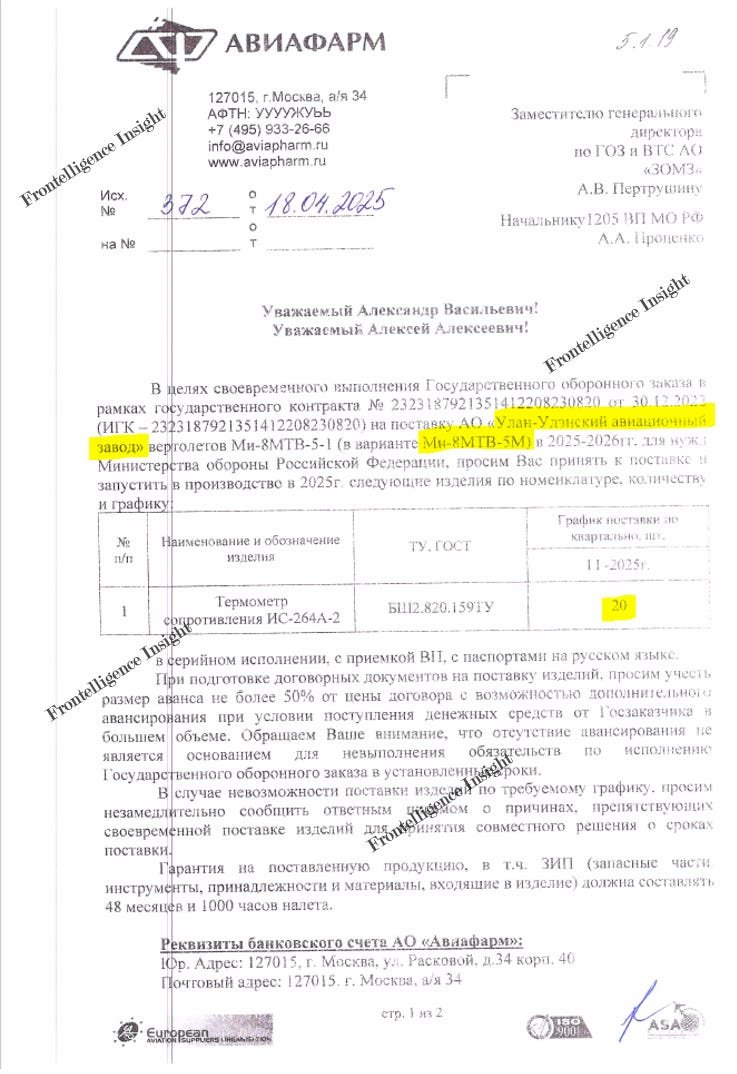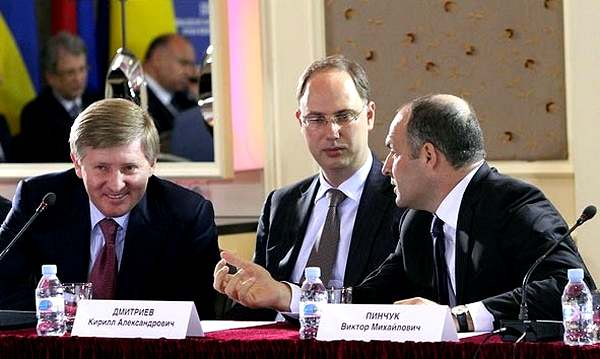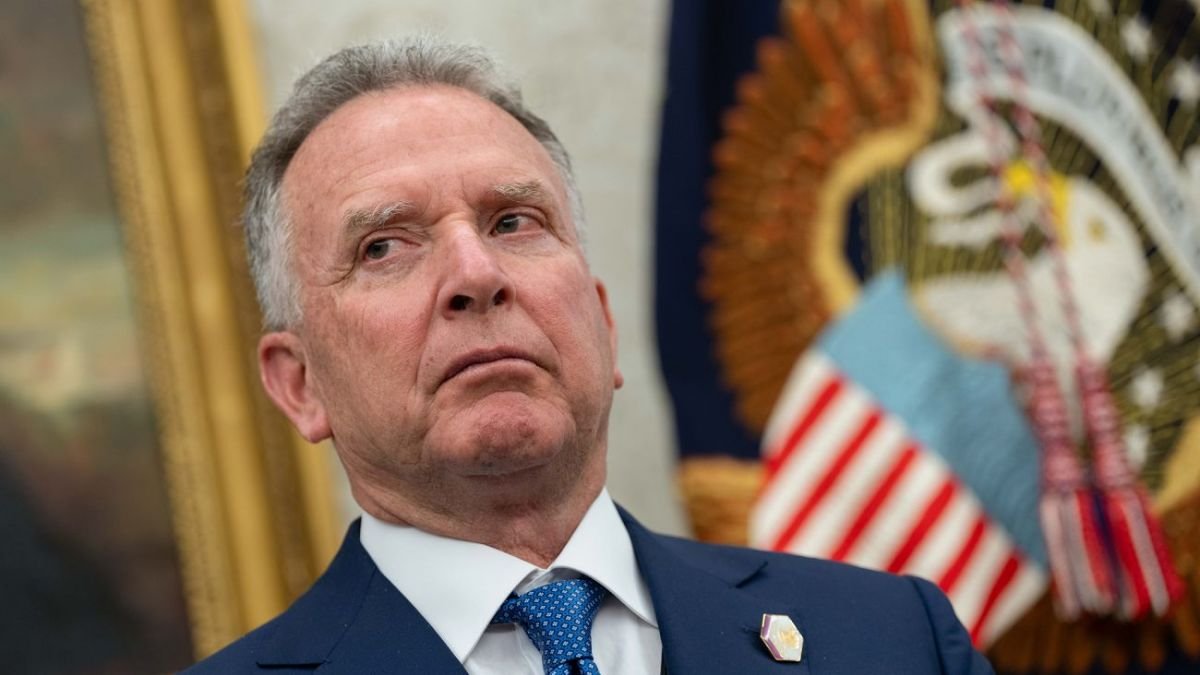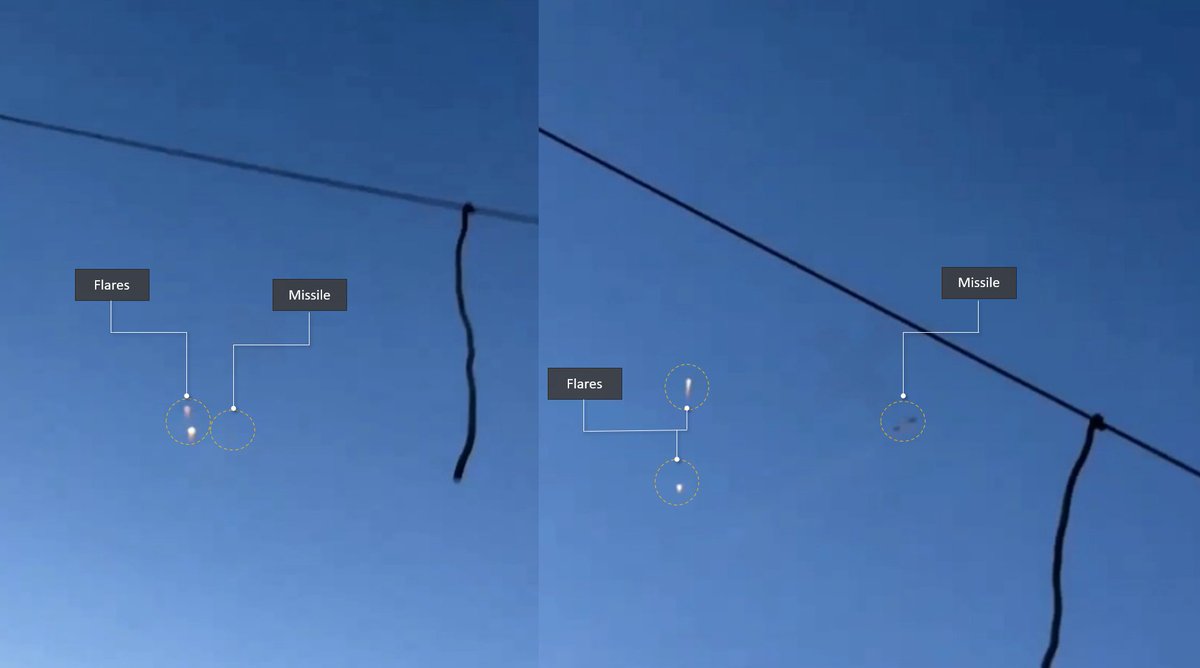During a press briefing, US Representative to NATO Julianne Smith said that the US is not particularly supportive of Ukraine going after targets inside Russia, sparking understandable outrage. I echo this sentiment. In this context, I think we should look at a few key points:
Firstly, when a military adversary strategically positions hubs and vital industries, integral to its military operations, within its territory, targeting becomes necessary for achieving victory. Therefore, statements like those made by the US representative may seem either ill-informed or hypocritical, given that the US used this approach in almost every conventional war, such as WW2, Desert Storm, or the 2003 Iraq War. For instance, during the Desert Storm air campaign, 17 out of 20 generating plants were damaged or destroyed, with 11 considered total losses.
While Russia has attempted to reach similar objectives in Ukraine over the past years with partial success, it defies logic and reason why Ukraine should refrain from hitting targets crucial to Russian forces and its military complex.
Secondly, there's a diplomatic aspect to consider. It's unfair to blame the representative herself solely for the US policy stance, which likely stems from the current administration's security approach. While the US has the right to impose restrictions on supplied weaponry, even though it's not helpful, public dissatisfaction with Ukrainian strikes made by Ukrainian weaponry is harmful.
It may appear as mature diplomacy to certain circles in Washington DC, but it's viewed as a weakness by the Russian side, potentially inviting further escalation. This is evident in Russia's continued escalation of the war and deployment of North Korean ballistic missiles to target locations within Ukraine.
When we compare straightforward facts and metrics between 2024 and 2022, it's clear that both the number of participants and the geographical dimension of the war have grown. If anything, it just underscores the glaring failure of the current administration's approach focused on containment and de-escalation.

Firstly, when a military adversary strategically positions hubs and vital industries, integral to its military operations, within its territory, targeting becomes necessary for achieving victory. Therefore, statements like those made by the US representative may seem either ill-informed or hypocritical, given that the US used this approach in almost every conventional war, such as WW2, Desert Storm, or the 2003 Iraq War. For instance, during the Desert Storm air campaign, 17 out of 20 generating plants were damaged or destroyed, with 11 considered total losses.
While Russia has attempted to reach similar objectives in Ukraine over the past years with partial success, it defies logic and reason why Ukraine should refrain from hitting targets crucial to Russian forces and its military complex.
Secondly, there's a diplomatic aspect to consider. It's unfair to blame the representative herself solely for the US policy stance, which likely stems from the current administration's security approach. While the US has the right to impose restrictions on supplied weaponry, even though it's not helpful, public dissatisfaction with Ukrainian strikes made by Ukrainian weaponry is harmful.
It may appear as mature diplomacy to certain circles in Washington DC, but it's viewed as a weakness by the Russian side, potentially inviting further escalation. This is evident in Russia's continued escalation of the war and deployment of North Korean ballistic missiles to target locations within Ukraine.
When we compare straightforward facts and metrics between 2024 and 2022, it's clear that both the number of participants and the geographical dimension of the war have grown. If anything, it just underscores the glaring failure of the current administration's approach focused on containment and de-escalation.


• • •
Missing some Tweet in this thread? You can try to
force a refresh





